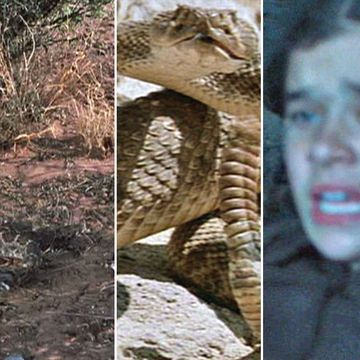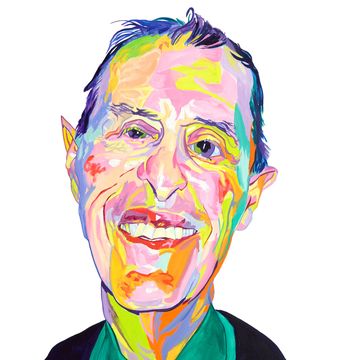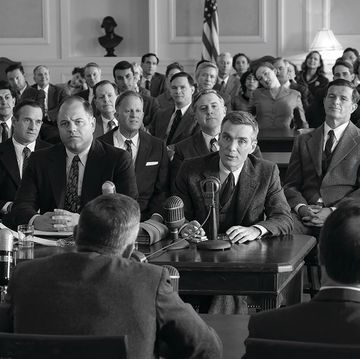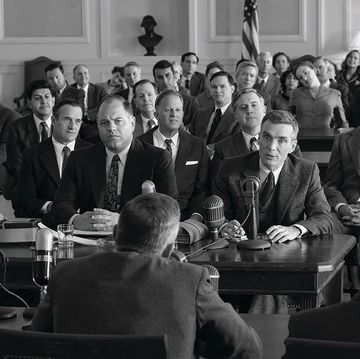I ’ll always be a cowboy,” declared Herb Jeffries in a 2001 television interview. Throughout his long career in entertainment, Jeffries had definitely looked the part: classically handsome and square jawed; a jaunty bandanna around his neck; western fringe and shiny boots; sepia, sun-browned skin. Beginning in the late 1930s, he was “the Black Singing Cowboy” in films and as a member of Duke Ellington’s band. Except Jeffries wasn’t really his name, and if he was Black, he sometimes wasn’t Black enough.
This article appears in Issue 29 of Alta Journal.
SUBSCRIBE
Long before Charley Pride, Lil Nas X, and Beyoncé topped the country charts, Jeffries was a pioneer in claiming a cultural space previously denied to Black artists. For Jeffries, it began with four movies. He starred in Harlem on the Prairie, Two-Gun Man from Harlem, Harlem Rides the Range, and The Bronze Buckaroo, a western musical melodrama that earned him his nickname.
These were low-budget “race pictures” made for Black-only audiences. All the characters were Black, so there wasn’t any head bowing, shuffling, or jiving—there weren’t any white people to do it for. The stories tracked classic western motifs. Jeffries was Bob Blake, a good guy in a big white hat riding a horse called Stardusk. He always got the girl, but they never kissed. Jeffries wrote and sang all the songs, including the popular “I’m a Happy Cowboy.”
He was described as “the Black Roy Rogers.” Yet the producer of Jeffries’s westerns had agreed to finance the movies only after the racially ambiguous performer used makeup to darken his skin. Jeffries was born Umberto Alejandro Balentino (or Valentino) in Detroit around 1913 (he was famously inconsistent about his age) to an Irish mother and a father he never knew. “My father is Portuguese, Spanish, American Indian, and Negro. How in the hell can I identify myself as one race or another?” Jeffries told Jet in 1959 after a reporter discovered an instance of him identifying as white. He had previously told Life that he was “three-eighths Negro,” but he would list himself as white on all five of his marriage licenses.
Jeffries had conceived of an all-Black western while touring the Jim Crow South as a vocalist with the Earl “Fatha” Hines band. He was a lush-voiced tenor who had a supple way with ballads. Even as Jeffries’s westerns reflected the popular mythology of their white counterparts, they also created new (separate) worlds where people of color were the heroes, the lovers, and the villains. Jeffries was an ironic embodiment of Langston Hughes’s “darker brother.” His musical movies and cowboy persona, as corny as they were, pointedly said, I, too, am America.
Jeffries crossed paths with Duke Ellington and His Orchestra while promoting one of his films. After hearing the tall cowboy’s voice, Ellington offered him a job. Jeffries always conceded that if he hadn’t been identifying as Black, he would never have sung with Ellington’s band.
Ellington had one of his biggest commercial hits in 1941 with Jeffries singing the romantic waltz “Flamingo” to a silken Billy Strayhorn arrangement. Strayhorn advised Jeffries to lower his vocal range to become a sensual, honeyed baritone.
Jeffries was with Ellington and the band for a Los Angeles residency when the idea for the socially ambitious Jump for Joy was hatched at a late-night party. Ellington predicted that the all-Black musical revue “would take Uncle Tom out of the theater and say things that would make the audience think.”
After actor John Garfield, an investor in the show, visited Jeffries in his dressing room and suggested that he was too light-skinned to appear onstage with Dorothy Dandridge, the performer allowed a makeup person to “blacken him up.” Ellington was mortified when Jeffries made his entrance. At intermission, Ellington roared into Jeffries’s dressing room, demanded an explanation, then stormed out. Moments later, a shaken Garfield told Jeffries there would be no more dark makeup. Ellington’s Jump for Joy was deemed too progressive for Broadway. It ran for nine weeks but never had a full run after its Los Angeles production.
Jeffries said he was inspired to make cowboy movies after he saw a little Black boy crying when his friends wouldn’t let him be Tom Mix because Mix was white. “Little children of dark skin—not just Negroes, but Puerto Ricans, Mexicans, everybody of color—had no heroes in the movies,” he told the Los Angeles Times in 1998. “I was so glad to give them something to identify with.”
Jeffries, who was around 100 when he died in 2014, was a lifelong storyteller, but his own narrative required little embellishment. I absolutely believe what he once told an interviewer about the person audiences knew as Herb Jeffries: “I invented him.”•













